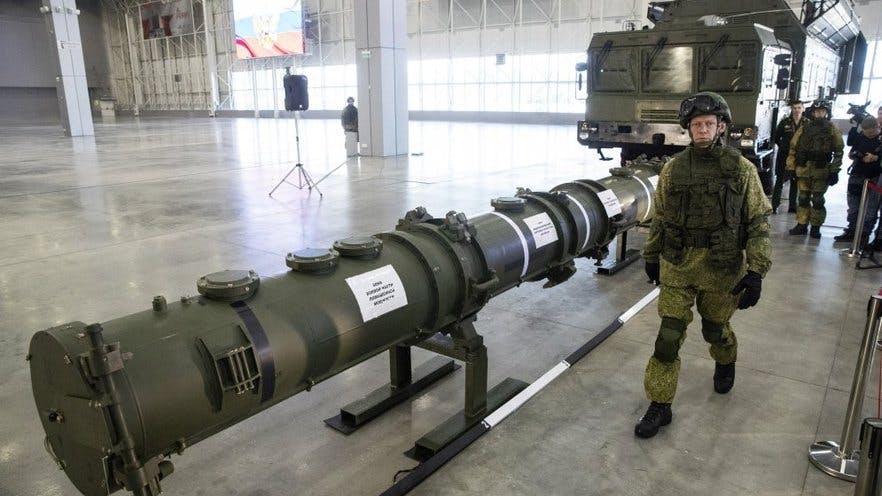Global News

Circuits of Conflict: How Russian Military Hardware Sources Components from Allies of Ukraine
The international arms and technology trade is a complex web of interdependencies and, at times, unintended consequences. Recent findings indicate that Russia, currently unable to manufacture certain critical electronic components, is acquiring these through indirect channels involving allies of Ukraine, thereby highlighting the paradoxes of global trade regulations and their enforcement.
Russia's Dependency on Imported Tantalum Capacitors
Overview of Tantalum Capacitors
Tantalum capacitors are essential for modern electronic devices, valued for their reliability and stability. These components are particularly crucial in military industries and avionics, where they are used in unmanned aerial vehicles (UAVs) such as "Corsair" and "Shahed."
Key Manufacturers and Supply Routes
Three major companies dominate the tantalum capacitor market: Kyocera AVX, Vishay, and KEMET Corporation, all headquartered in the USA. However, their products find their way into Russian hands, subsequently integrated into weaponry used against Ukraine. This transfer occurs through complex supply chains extending from the USA to various intermediary countries.
The Pathway of Tantalum Capacitors to Russia
The Role of Intermediary Nations
American-made tantalum capacitors are produced globally, with significant production in Israel for Vishay's products. These capacitors reach Russia mainly through indirect routes involving China, Hong Kong, Cyprus, and Hungary. Notably, Mexico, hosting a Kemet manufacturing facility, also plays a significant role in the supply chain, ranking among the top three importers of these capacitors into Russia.
The Irony of Supply Chains
The presence of these capacitors in Russian military hardware exemplifies the unintended consequences of globalized production and supply networks. While companies comply with international trade laws, the layers of distribution obscure the end-use of these critical components, challenging the efficacy of sanctions and export controls.
Conclusion
The situation underscores the complexities and contradictions within international trade, especially concerning military technology. It raises pressing questions about the effectiveness of current regulatory frameworks to prevent critical technology from bolstering military capabilities in conflict zones. As nations and corporations navigate this intricate landscape, the call for more stringent oversight and transparent supply chains becomes increasingly urgent.